Abstract: A smart home security monitoring system is built by combining embedded system and GPRS communication technology. Through the system, the temperature, smoke and human body heat release in the room can be monitored, and the remote security monitoring of the home can be realized through SMS and remote login.
1 Introduction
With the improvement of people's living conditions, life becomes more and more comfortable, and the awareness of home security protection is becoming stronger, including electricity safety, gas safety, family anti-theft, child and elderly care, etc. . What followed was that the smart home system quietly entered our lives. The smart home system uses computers, embedded systems and communication network technologies to organically combine various sub-systems related to home life (such as lighting, security, home appliances, etc.) to make home life more comfortable and safe. effective.
2 system functions
The system is designed for ordinary home users, enabling users to remotely monitor home security. The specific functions have the following three points:
(1) Home security: When the indoor temperature is higher than the set value or the indoor smoke is detected to be high or the special corner is abnormal, the system will alarm the security users in different ways, such as: The mobile terminal sends a text message, generates an alarm signal, and the like. In addition, in the access control part, once the wrong party enters the password three times in a row, the system will automatically send a text message to the user and an alarm signal will be sounded indoors.
(2) Remote monitoring of home conditions: Temperature, smoke, body pyroelectric and other sensors can display the collected data (digital quantity) in real time on the LCD screen, so that security users can know the status of the room at any time. Allow security users to view online through the network, thus realizing the function of real-time monitoring; users can actively query the indoor temperature, smoke status, and the movement of special local personnel through the universal remote control; or understand the indoor situation through the WEB server.
(3) Access Control: When a guest visits, guests can click on the LCD screen at the access control to enter the guest interface for assistance. For example: Send a text message to the homeowner, view the calendar, get the He lp document function, and so on.
3 system design
The system uses m in i4020 development board as the main platform, 51 single-chip microcomputer for auxiliary control; motor module, GPRS module, LCD 1602, universal remote control for auxiliary hardware support; temperature, smoke, human sensor to collect data in real time; m ini4020 and microcontroller Data exchange is performed using the ZT-TR43U wireless communication interface.
3.1 System hardware design
It can be clearly seen from Figure 1 that the system mainly consists of two parts: the m in i4020 main console and the 51 single-chip slave console. There are also some expansion modules: GPRS module, mainly used to send alarm information; motor module, used to simulate intelligent door opening; temperature sensor, smoke sensor, human body pyroelectric sensor module, used to collect indoor information; universal remote control module, used Control smart withdrawal/arming. Among them, 51 single-chip microcomputer is placed indoors, mainly used to send the data collected by the sensor to the main control station through the wireless transmission module; m in i4020 main control platform is placed in the outdoor access control, mainly used for the slave control part. The data is processed in real time, and once an abnormal situation occurs, the GPRS implementation alarm function is started.
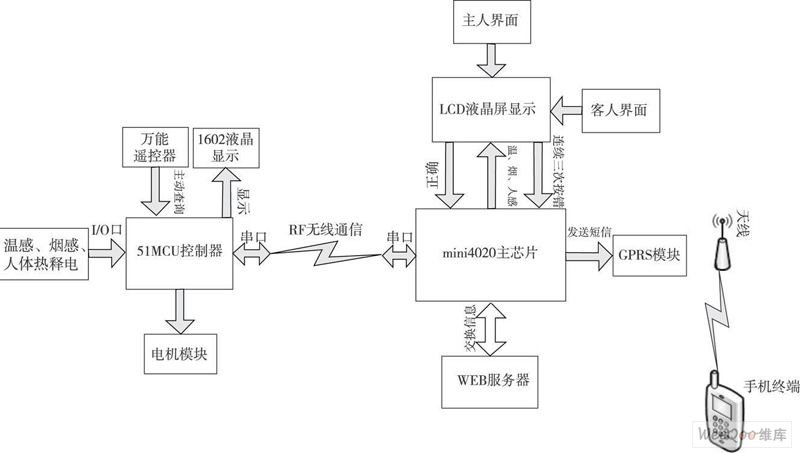
Figure 1 system hardware structure diagram
3.2 System Software Design
(1) The main program.
When the system is powered on, it first detects the peripheral device and loads the driver, then starts the operating system. The monitoring system is loaded when all the previous initialization work is done. Most of the monitoring systems are background programs. When the system is running, it starts to detect and reads the serial port data. When an abnormal condition is detected, the alarm signal is triggered. The startup flow chart is shown in Figure 2.
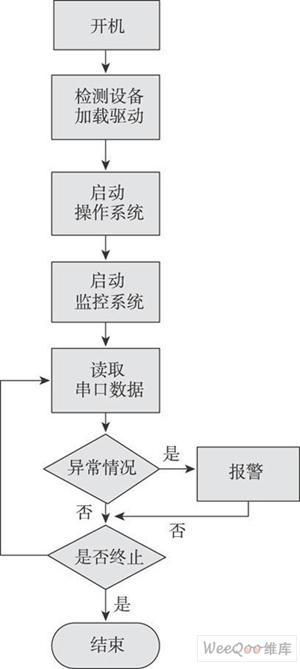
Figure 2 system startup flow chart
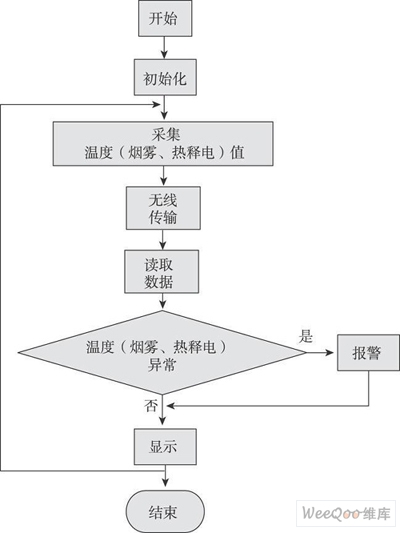
Figure 3 Temperature, smoke, human pyroelectric alarm flow chart
(2) Temperature, smoke, human body pyroelectric alarm.
The temperature, smoke, and human pyroelectric alarm processes are similar, as shown in Figure 3. The temperature sensor, smoke sensor, and human body pyroelectric sensor are placed indoors. The 51 MCU transmits the data detected by each sensor to the M IN I4020 at the access control station through wireless communication. The M IN I4020 processes the data in real time, and if an abnormal situation occurs. Then, GPRS is activated to implement the alarm function.
3.3 LCD display display section
This interface is divided into two parts, one is the owner interface, and the other is the guest interface. Clicking on the host interface will enter the password interface shown in Figure 6. This interface utilizes a random algorithm to implement the function of changing the keyboard position by pressing a button. After entering the correct password, it enters the indication interface shown in Figure 7, in this interface. The values ​​of the three sensors are displayed and updated in real time. The password can also be modified. After clicking, the password change interface shown in Figure 8 is entered. Return to the power-on interface and enter the guest interface shown in Figure 9. In this interface, you can press the doorbell button, and the music will be sounded indoors to remind the owner to visit. If no one responds, the guest can also enter the message shown in Figure 10 by pressing the SMS button. The SMS interface, click on the blank space to edit the content, and then click Send to send a text message to let the owner know, so that the owner can handle the corresponding. The following four gadgets can be viewed while the guest is waiting.
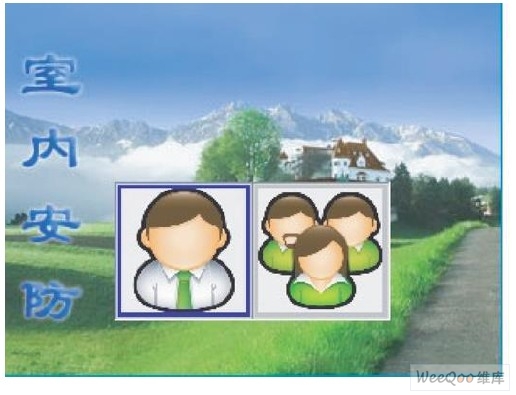
Figure 4 Power-on interface
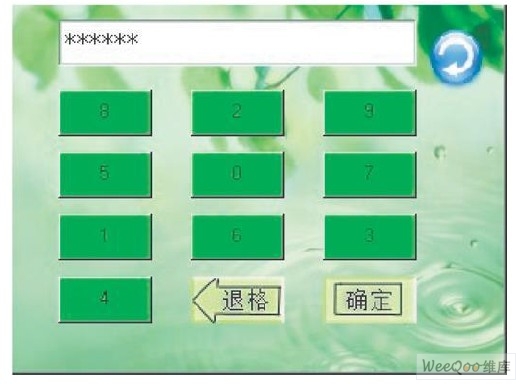
Figure 5 password interface
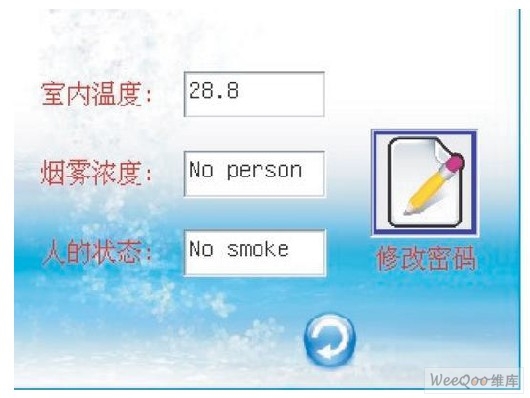
Figure 6 shows the value interface
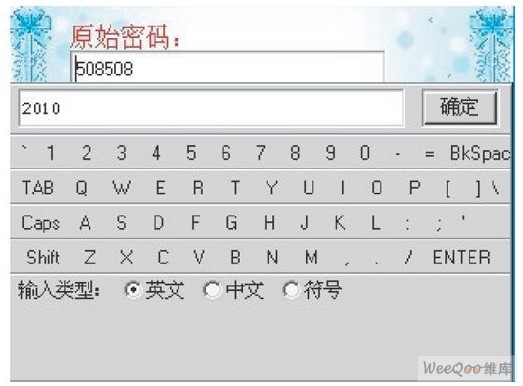
Figure 7 modify password interface

Figure 8 Guest interface
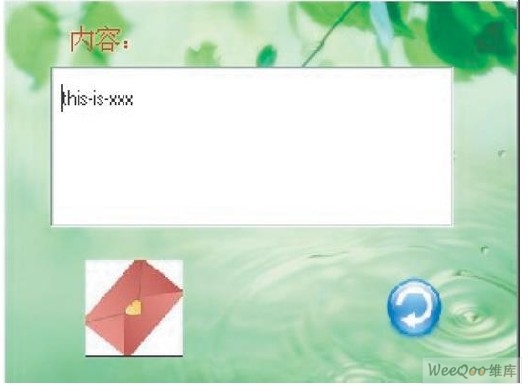
Figure 9 SMS interface
3 4 PC user interface display section
Customers can log in to their computers at any time to get information in the room, and can view the sense of temperature, smoke, human touch and access control in real time, as shown in the following figure.
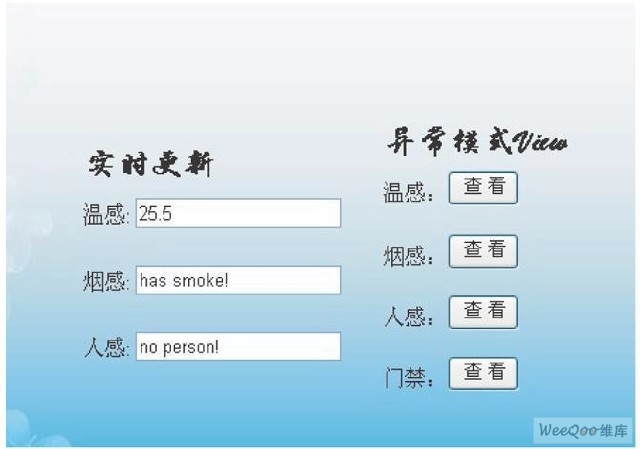
Figure 10 PC user interface diagram

Figure 11 PC temperature sense view interface
4 Conclusion
The system first runs the program on the virtual machine, observes the running result and debugs it, and burns it into the development board after the modification is completed. The picture below shows the finished product of the system. The cost is about RMB 1,000, the cost is low, and the performance is good.
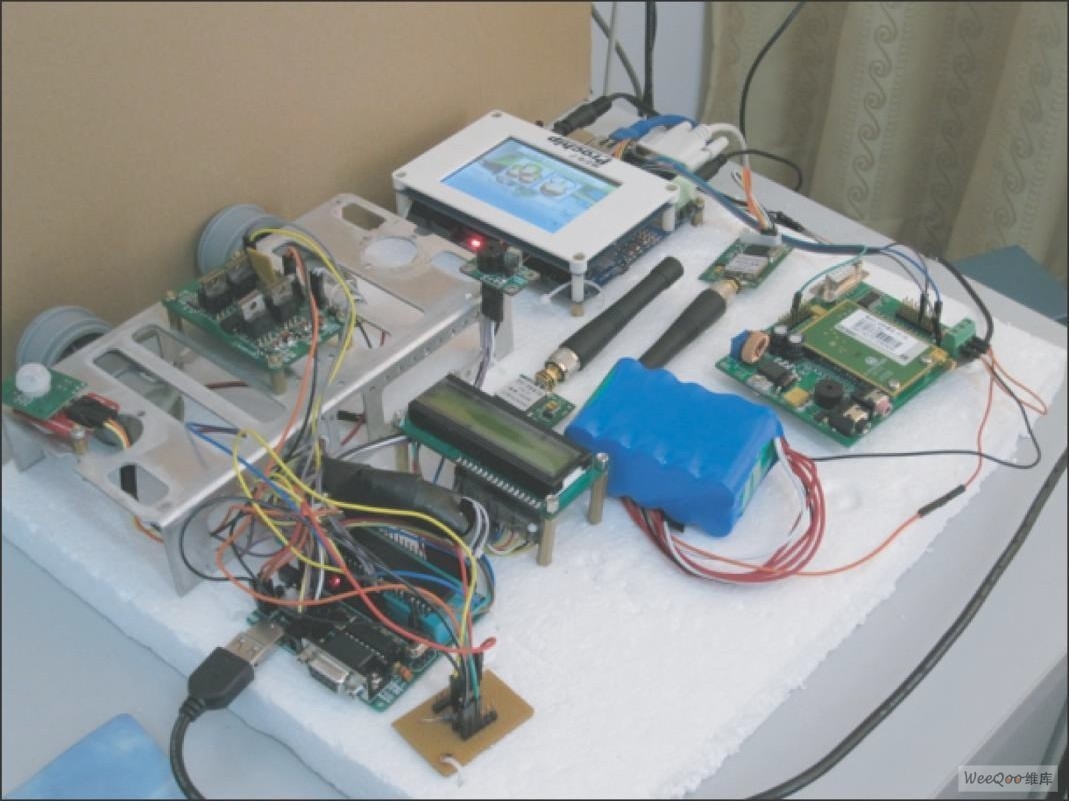
System finished product
The system makes full use of the communication tools commonly used by people, and integrates the GPRS mobile data network with the embedded system, enabling people to remotely monitor the home security at any time and anywhere, and expand the living space of people. It has good stability and versatility, low cost, broad application prospects, and can be used in residential, small and medium-sized enterprise equipment management systems and other places.
:
Light Duty wheels,Trolley Wheels,Furniture Caster,swivel caster wheels
BENYU CASTERS & WHEELS CO.,LTD , https://www.benyucaster.com